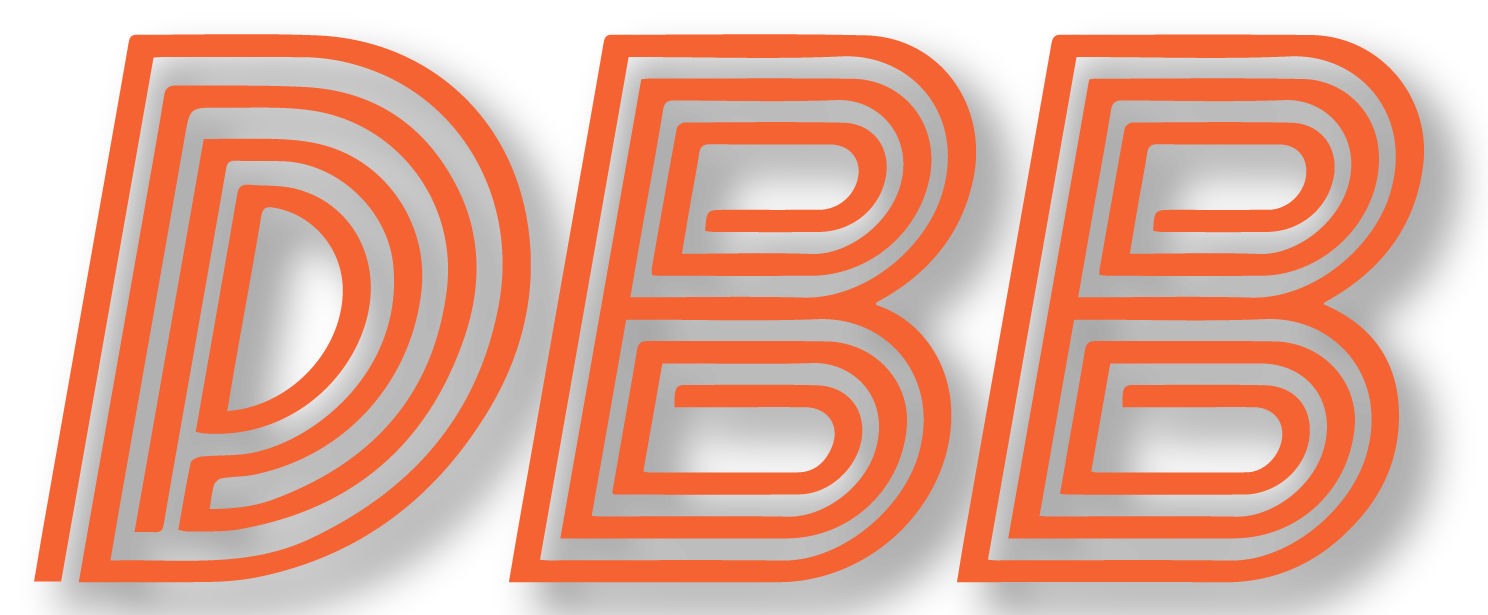The NFL’s annual meat market is here.
Don’t listen to anyone who tells you it doesn’t matter. The Bears, in particular, seem to value athleticism with their early picks and there’s no reason to think this year will be any different.
Here are a few players to watch when the combine really gets rolling later this week.
Calvin Ridley, WR, Alabama
Ridley is generally thought to be the top wide receiver but there are questions about whether or not he deserves to be a top-10 pick.
After a 1,000-yard season as a freshman, Ridley failed to reach that mark again in his final two years. While much of the blame for that has gone to Alabama’s horrendous quarterback play, there are still questions about the wideout.
One major thing NFL teams will need to see is if Ridley is taller than six-feet, like he is listed. If he comes in shorter, teams are going to question his ability to play outside. Since 2010 only two receivers who measured under six-feet were drafted in the top-10. Neither — Tavon Austin and John Ross — have worked out so far.
Even if he is six-foot-one, Ridley needs to show he has at least good athletic ability to create separation from defenders.
Read DBB’s Saturday Scout column on Ridley HERE.
Tremaine Edmunds, LB, Virginia Tech
You don’t often see off-the-ball linebackers who look and move like Edmunds.
Expected to measure in at around 6’5″, 250 pounds, Edmunds is a player a lot of teams are going to want to take a close look at. In addition to his freakish size, he flies around the ball and could be a menace covering the middle of the field.





